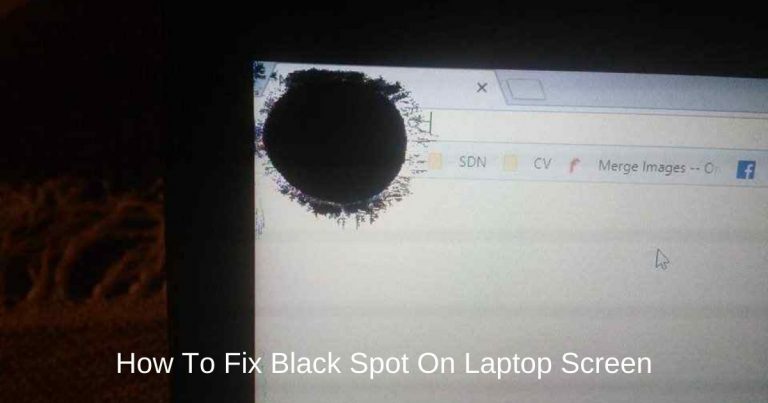6 Best Laptops For Bioinformatics
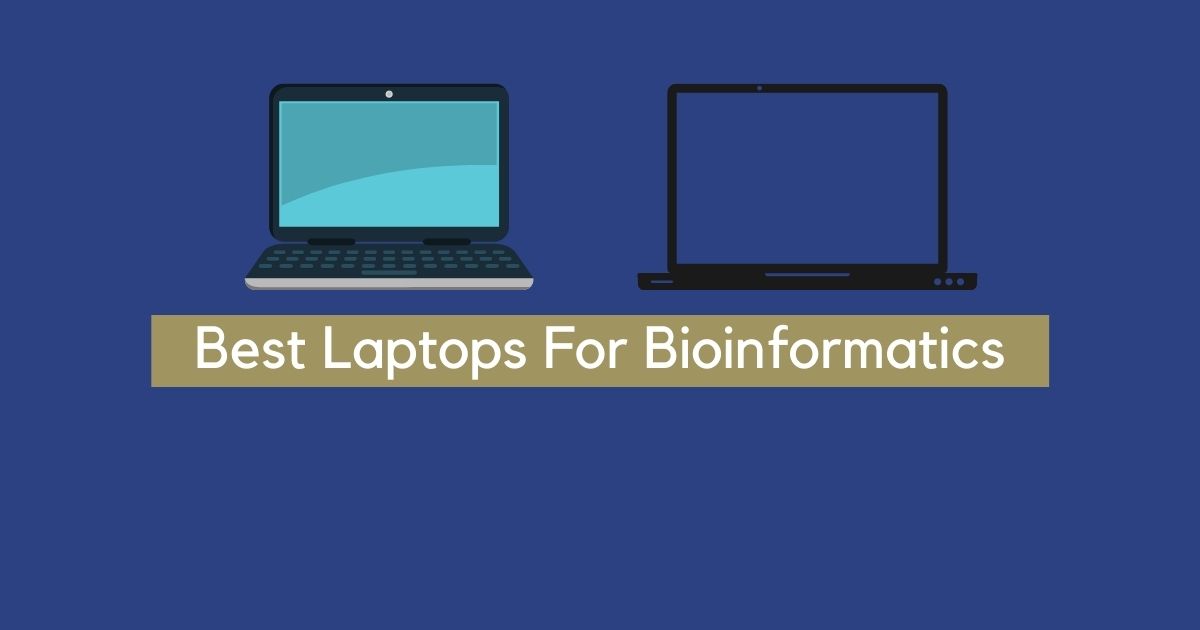
Bioinformatics is a field that requires powerful computing devices to analyze and interpret large amounts of biological data. As such, having the right laptop is crucial for bioinformatics professionals to work efficiently and effectively.
With so many options available on the market, it can be challenging to determine which laptops are the best for bioinformatics work.
In this blog post, we’ll explore the top laptops for bioinformatics, highlighting their key features and specifications that make them ideal for handling complex bioinformatics tasks.
To support the smooth functioning of bioinformatics on a system you must make sure that you invest more in RAM and storage of a system. So specs have a bigger role to play here. Generally, the cost of bioinformatics laptops is higher because of 16 GB RAM and overall top-notch features. However, we have a few affordable options too.
Whether you’re a bioinformatics student, researcher, or professional, this guide will help you make an informed decision when it comes to choosing the best laptop for your needs.
Here we have a few options which could be used for the same. Let’s get started…
Best Laptops For Bioinformatics
Dell XPS 15
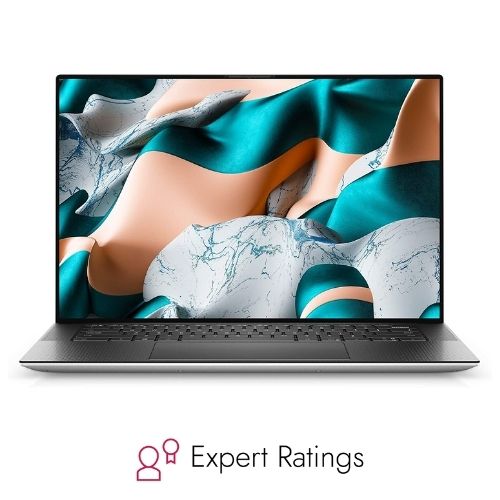
- Display: 15.6 Inch FHD (1920×1080p)
- CPU: Intel Core i7 10th Gen
- RAM: 16GB Memory
- Storage: 512GB Solid State Drive
- GPU: Nvidia GeForce GTX 1650 Ti 4GB GDDR6,
- OS: Windows 10 Home, Linux compatible
Construction: The Dell XPS is a very sturdy laptop with a solid construction, the manufacturing material of its chassis is aluminum. It has got a very sleek bezel that environs the entire display keeping the weight of the product light and portable. The weight of the laptop is 4 pounds, which is pretty much genuine for aluminum construction.
Also Read: Best Laptop for Medical Coding & Billing
Specs: The system on this laptop runs on an Intel Core i7 six-core processor. It can run heavy programs because it is equipped with 16GB RAM and it has a colossal storage space of 512GB PCIe SSD, so you’ll definitely not have a chance to run out of space. On one hand, you have a display that is clear and vivid with an accurate screen size of 15.6 inches; on the other hand, you get a resolution of 1920 x 1080 pixels with IPS Technology. The brightness is 500 nits. What else do you need for your Bioinformatics?
Connectivity: Honestly speaking, if there is one thing that satisfies me for the price of the laptop, it is Thunderbolt 3 port, which can be used for multiple connectivity choices. Other than that you have two USB 3.1 ports too.
Battery life: The system has a good battery life of 10 hours, which means you get 10 long hours of work use per charging session. However, I do not suggest the user play games for longer durations continuously. It might run hot if you play faster games for long hours.
Drawback: I do not have many complaints about the specs or the configuration of the system. But talking about the price of the laptop, I feel it’s quite on the extra side. Also, I do not like the fact that the system runs hot if you play games for long.
Pros:
- Fully top-notch features
- Balanced configuration
- Overwhelming storage
- Powerful battery
- Solid construction
Cons:
- Costly
- Heats when you play heavy titles
Apple MacBook Pro

- Display: 16.2 Inches Retina (3456 by 2234 pixels)
- RAM: 16GB RAM
- Storage: 512GB SSD Storage
- CPU: Apple M2 Pro Chip
- OS: MacOS
The Apple MacBook Pro is a popular laptop choice for bioinformatics professionals due to its powerful hardware and intuitive operating system. The latest models come with a Apple’s own M1 and M2 processor lineup (depending on the model you choose, ofc) and up to 32GB of RAM, which is ideal for running bioinformatics software and handling large datasets. The MacBook Pro also features a high-resolution Retina display and an extended battery life of up to 21 hours, making it ideal for working on-the-go.
Additionally, Apple’s macOS operating system provides a user-friendly interface and seamless integration with other Apple devices, making it a top choice for those in the bioinformatics field who also use other Apple products. While the MacBook Pro is a more expensive option, it’s a reliable choice for bioinformatics work and can handle complex tasks with ease.
Next, you have 16 GB RAM and a 512 GB SSD to help you store and run loaded programs like biopython or Bioperl.
Also See: Best laptop for Telehealth
Connectivity: It has 4 Thunderbolt 3 ports allowing you to connect to a 4K External monitor. This alone suffices any need for connectivity but a major lacking is the absence of a USB-A port.
Drawback: It lacks a basic USB-A port.
Pros:
- 4x TB3 ports
- Amazing configuration
- Best Multitasking system
- Very reliable build
- Wonderful Battery life
Cons:
- Lacks USB A
Lenovo ThinkPad E15
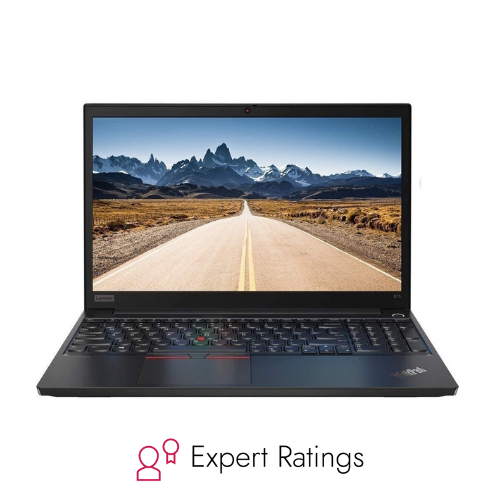
- Display: 15.6″ Full HD (1920 x 1080p) IPS
- CPU: Intel Quad Core i7-1165G7
- GPU: Intel HD Graphics
- RAM: 16GB RAM
- Storage: 500GB SSD
- OS: Windows 10
Performance: Lenovo ThinkPad E15 is a multitasking laptop that can be used for various fields, also you can upgrade the RAM and Storage. The system can work for 8 to 9 hours per charging session. Overall performance is certainly better than average.
Construction: Build quality of this laptop is like all other Thinkpads: solid and durable. It’s in short a reliable piece that can easily be carried to offices and workplaces. Users have given lots of compliments to the keyboard of the system, but if you ask me, I would say the ThinkPad X1 still has a better keyboard. Nevertheless, even this keyboard allows a comfortable typing experience.
Specs: Whether you are a graduate or a professional bioinformatics official, the laptop suits all types of users. Regarding the specs, as I already mentioned you can simply go for upgraded models of the ThinkPad series. 16 to 32 GB RAM along with an i7 processor is more than sufficient to run EMBOSS or scipy smoothly.
Drawback: The display is FULL HD and IPS panel supported but somehow it lacks in quality of color production.
Pros
- Very sturdy construction
- Smooth performance
- Excellent battery life
- Comfortable use
- Good specs
Cons
- The display could be better for the price it costs.
HP Pavilion 15
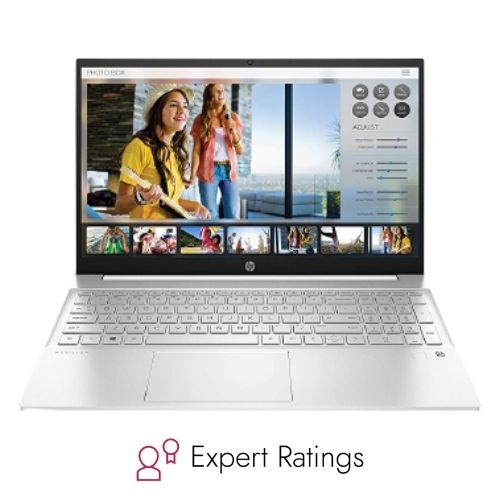
- Display: 15.6” FHD 1080P IPS Touchscreen
- CPU: Intel Core i7-1165G7
- GPU: AMD Vega
- RAM: 32 GB
- Storage: 1TB SSD
- OS: Windows 10
Performance: I know this is considered to be a fast-working laptop for most of the users. Even if bioinformatics is not the only concern, this system is sufficient for multitasking usage. After all, you get 7 hours of battery life with some standard specs.
Construction: Alright, the device is a good value for money. It’s rigid and durable like most HP products.
Specs: Firstly, you get an Intel Core i7-1165G7. Then, you have 32 GB RAM and 1TB SSD storage to help you run your data sheets like a cream work. Multitasking would be fun, in fact, you can run different background tasks besides the main one. Its Touch Screen display has a resolution of 1920 x 1080p (Full HD). It also has IPS panel support. Color reproduction is balanced but the brightness needs some attention.
Drawbacks: Though the color production is balanced, the brightness could be better.
Pros
- Fast performance
- Good value for money
- Good battery life
- Portable
- Good specs
- Reliable
Cons
- Underwhelming display
ASUS VivoBook 15
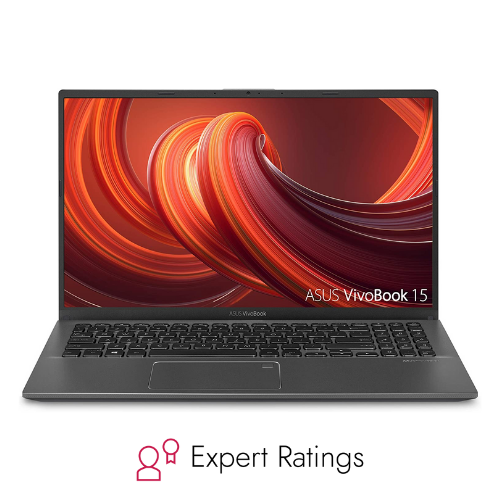
- Display: 15.6″ Full HD (1920 x 1080)
- CPU: AMD Ryzen 5
- GPU: AMD Radeon Vega
- RAM: 16 GB
- Storage: 512 GB SSD
- OS: Windows 10 Home
Construction: Nothing can please you more than a happy construction for a happy price. ASUS VivoBook 15 is one of the best laptops under $600. For bioinformatics, it’s more than enough. The construction is very reliable and portable. It’s a solid body with a sleek and smooth build.
Specs: Its 16 GB RAM and ample storage give you no scope to complain about the system as a whole. You get a lovely combination of specs to work throughout the day. The system is equipped with AMD Ryzen 5 processor and AMD Radeon Vega graphics.
Performance: Using the laptop at a lower brightness can easily extend the battery life up to 8 hours. Combining all the features together you get decent quality under a more or less affordable budget.
Drawback: Again, I am not extremely impressed with the reviews of the display.
Pros
- Affordable
- Quick performance
- Sleek build
- Portable
- Overwhelming storage
Cons
- Underwhelming display
Dell Inspiron 15 5000: Best Budget Laptop for BioInformatics

- Display: 15.6″ Full HD (1920 x 1080) Anti-glare
- CPU: Intel Core i5
- GPU: Intel HD Graphics
- RAM: 16 GB
- Storage: 128GB SSD + 1TB HDD
- OS: Windows 10
Performance: Running huge data sheets on Linux can become very easy with Dell Inspiron 15 5000. Again, this is another affordable laptop that can be owned without having to spend all your savings at once. However, if you want its battery life to extend 7 hours, you will have to compromise extra battery-draining features.
Specs: Lovely features for a lovely price is what you get. It runs on Intel core i5 processor. RAM is 16 GB, and the storage is 256GB SSD. So overall, that’s enough for most software and datasheets. A lot lacking in terms of the display though.
Construction: There is no dislike for the construction either. The laptop is equally lightweight and sturdy.
Drawback: The system has an average battery life and middling display quality.
Pros
- Solid Performance
- Affordable
- Speed
- Durable
Cons
- Noisy Fans
- Average Battery Life
Buyer’s Guide to get the Best Laptop For Bioinformatics
What is Bioinformatics?
Have you ever come across laptops or monitor screens displaying any biological image on the screen? It could be a DNA or amino acid sequence. It could be any biological information about your body. That is why we call it Bioinformatics.
Officials and students acquire information regarding certain biological conditions, they store and analyze data on monitors to obtain results.
Such works require virtual programs and heavy file transactions. Hence, you need a fast and upgraded system to work on.
Is display a bigger factor?
No. Our entire motive is to obtain fast and fluid performance by our system. The display should have required clarity to be able to show accurate details of datasheets, other than that we do not necessarily need a bright and vibrant life-like screen or top-notch GPU support. All we need to focus on is good RAM and Storage.
What CPU works best for bioinformatics?
It’s difficult to state a particular CPU for bioinformatics. At a minimum level, any CPU can work the field. But, at the best level, you should try to invest in as best as possible. You may go for a quad-core faster turbo.
Also, try to stay away from older versions and invest in the latest models.
How much RAM do you need for Bioinformatics?
Here, the game changes. Usually, RAM is a feature that can be adjusted in various fields. But here, 16 GB RAM is a must. In fact, a few people swear by 32 GB RAM. The reason is the loaded software and data sheet analysis.
So all you can do is invest in the best possible RAM for a smooth and break-less performance.
Best storage for Bioinformatics?
HDD drives are cost-effective but SSD storage is better in terms of speed and functionality. The choice is completely yours. I would recommend 256 GB SSD at a minimum. If you choose lesser storage, things are going to take longer than usual time to process.
The best laptops for bioinformatics have some impressive specifications, so make sure you consider them when shopping for a new laptop. With the rise of data analysis and bioinformatics, the need for powerful laptops has skyrocketed in recent years. If you’re looking to start a career in this field, it’s crucial that you invest in the right tools to ensure your work is as efficient as possible. Luckily, there are some great options available on the market today that will help you accomplish your goals and maximize your productivity.
Hope you found this article helpful. If you have any questions, drop them in the comments below.



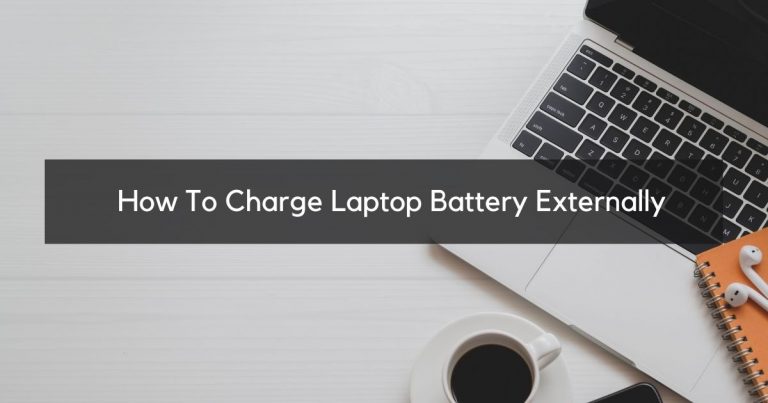

![How Often Should You Buy A New Laptop? [Revealed]](https://expertratings.net/wp-content/uploads/2022/05/How-Often-Should-You-Buy-A-New-Laptop-768x432.jpg)
